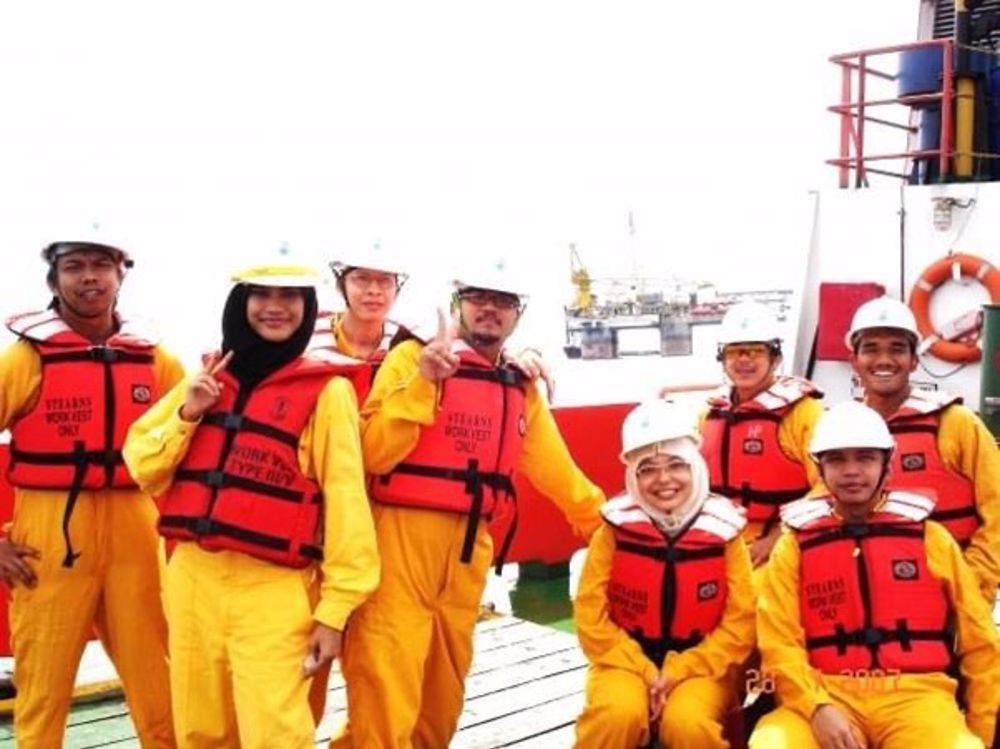Petroleum Fundamentals: A Process Engineer’s Perspective
When you become a process engineer in the oil and gas industry, it is difficult to accurately explain your job function to the uninformed. In a nutshell, as the ones in the upstream business, we are responsible for finding the reserves, drilling the wells and producing the oil and gas to the surface from the reservoir. These operations are called exploration and production.
Let me backtrack to provide a more holistic understanding of this industry. In general, oil and gas companies can be divided into three segments: Upstream, Midstream and Downstream. Nowadays, many large oil companies are considered to be “integrated”, as they combine upstream with midstream activities, like the processing, storing, transporting and marketing of oil and natural gas.
Downstream businesses on the other hand are closer to the end user or consumer, and deal with processes to convert the oil and gas into finished products like gasoline, natural gas liquids, diesel and a variety of other energy sources. Petroleum, also called oil, is pre-dominantly used for fuel, but it is also the source of a seemingly limitless variety of synthetic organic compounds, including plastics and pharmaceuticals. Meanwhile, natural gas is consumed almost exclusively as fuel.
Now, you may wonder, where do oil and gas come from in the first place? Oil and gas, better known as fossil fuels, occur naturally throughout the world and have been the world’s primary sources of energy for decades. Fossil fuels originate from decaying plant and animal “fossils.” These were buried within layers of the earth and subjected to heat and pressure over millennia. They are mostly found deep underground, trapped beneath the oceans, in porous rock formations.

Porous rock formations are sedimentary rocks made of sandstones, limestones and shale. The fossil fuels are produced from oil reservoirs, where there is oil and associated natural gas, or from gas reservoirs, where the gas is called non-associated natural gas.
To extract these fossil fuels, we first must identify and locate the potential sites for us to drill some oil and gas wells. Geological surveys are conducted using various means including seismic imaging and subsequently a natural gas or oil well will be drilled. Once the well has been drilled, the reserves will be verified to confirm that there is a commercially viable quantity of oil and natural gas present for extraction.
More wells will be drilled and completed to allow for the oil and natural gas to flow out of the formation and up to the surface. Items of equipment called “Christmas trees” are installed to ensure efficient flow of oil and natural gas out of the well, and flow is controlled with a choke valve.
Offshore, the individual well streams are brought into the main production facilities on processing platforms via a network of gathering pipelines and wellhead manifold systems. This is where I contribute; I ensure the hydrocarbon is able to flow from the wellhead to the delivery point. At the processing platform, the hydrocarbon will be processed to meet the saleable product specifications before sending it onshore.
The full well stream hydrocarbon will be separated into three components, typically called “phases”, of oil, gas, and water. These are processed into some marketable products or disposed of in an environmentally acceptable manner. Once onshore, the stabilised oil is stored at terminals and later sent to the refineries to be processed. The natural gas is piped to natural gas processing plants and purified before being marketed to consumers as NGL (natural gas liquid).